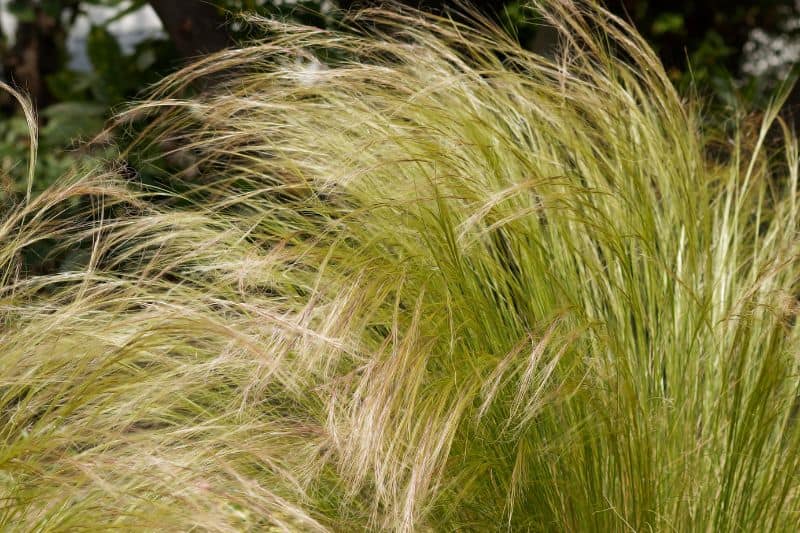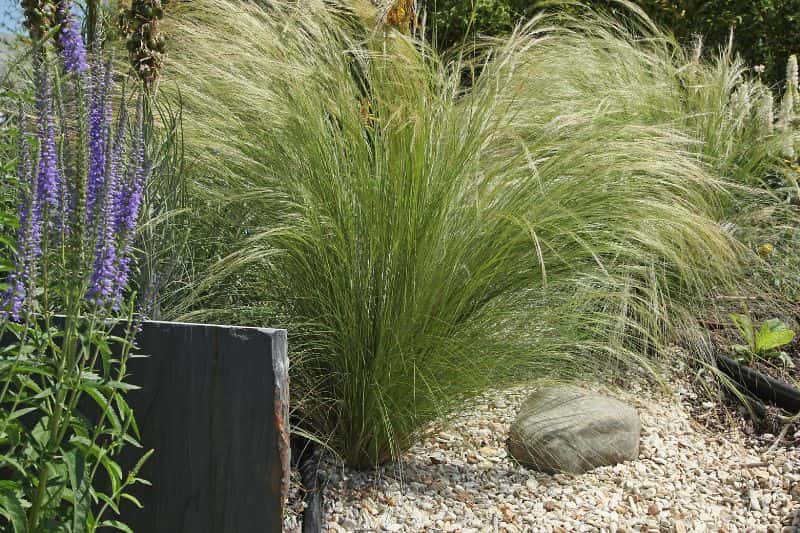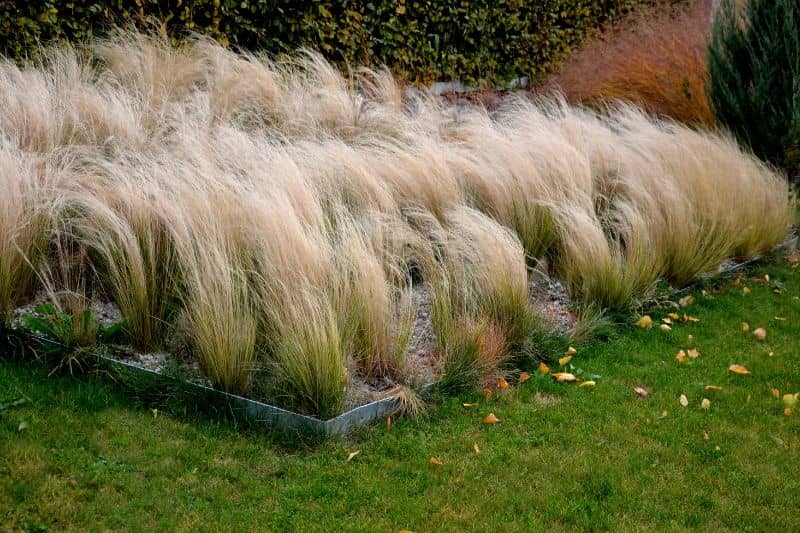Stipa, or hair grass, is an ornamental grass that charms with its airy foliage and lightness. This elegant young plant is ideal for giving movement and a natural look to your borders, remaining attractive all year round without requiring much maintenance.
Over time, your stipa clumps can lose some vigour or spread beyond intended space. Dividing them is an excellent opportunity to give them a new lease of life, control their size and even multiply your young plants to thicken borders or share with gardening friends. Discover our tips for successfully dividing a stipa.

Why dividing stipa?
Dividing stipa offers several benefits for your garden:
- Refresh young plant : after several years, centre of clumps can thin out. By dividing them, you stimulate growth of new, more vigorous shoots.
- Multiply your young plants : an economical solution to obtain new young plants for other borders or garden areas.
- Maintain attractive habit : stipa tends to spread. Dividing clumps helps control expansion while preserving light habit.
- Share with other enthusiasts : why not give part of your divisions to friends or neighbours who enjoy gardening?
When to divide stipa in garden?
The best time to divide stipa depends on season:
- In spring : between March and April, young plant slowly resumes growth. Mild temperatures and still-moist soil make it easier for divisions to take.
- In autumn : in September or October, before first frosts, is also an ideal period. Plant has enough time to root before winter.
Generally, it is advisable to divide stipas when they are 3 to 4 years old, an age when they start to lose density or to spread.
Warning : Avoid dividing in summer, as heat could stress young plants. Likewise, in winter, cold slows root healing.

Practical steps to divide stipa
Required equipment
Here are essential tools for a successful division:
- A spade : to dig up the young plant without damaging roots.
- A knife sharpened or a pruning shear : to cut clumps cleanly.
- Gardening gloves : to protect hands while handling plants.
- A watering can : to hydrate young plants before and after division.
- Compost or an enriched potting compost : to improve soil at replanting.
Steps
1- Prepare young plant : water stipa well the day before operation. This will ease extraction and reduce water stress.
2- Lift gently : dig around stipa, then use a spade to lever and lift the rootball while preserving roots as much as possible.
3- Shake the rootball : gently remove excess soil to clearly distinguish areas to divide.
4- Separate the clumps : using a spade, a knife or a clean pruning shear, cut the rootball into several sections. Ensure each part has healthy roots and shoots.
5- Prepare the soil : loosen soil at replanting site and add compost or potting compost to give young plants a good start.
6- Replant the divisions : place each section at same depth as before, firming soil around roots.
7- Water generously : water your new young plants immediately with rainwater to encourage rooting and to remove air pockets between roots.
Alternative: potting up : if space is limited or you want to enjoy stipa on a terrace, place each division in a pot. Use a sufficiently sized container with drainage holes. Pour a layer of clay pebbles in the base of the pot and fill with a mix of potting compost and sand to ensure good drainage. Water regularly but not excessively to avoid waterlogging.

Care after dividing a stipa
To help your young plants recover well after division:
- Regular watering : during first weeks, keep soil slightly moist. Once young plants are well rooted, gradually reduce watering.
- Protective mulch : add a layer of organic mulch to retain moisture and limit temperature fluctuations at root level. This also reduces weed growth.
- Nutrient supply : twice a year (spring and autumn), enrich soil with some well-rotted compost or well-decomposed manure to stimulate growth of new shoots.
- Winter protection : if division took place in autumn, consider covering base of plants with a winter fleece or an extra layer of mulch in case of severe frosts.
- Monitoring : inspect plants regularly for signs of stress, such as yellowing leaves, or presence of pests like aphids. Act quickly if necessary.
- Light pruning : once well established, you can lightly prune clumps to encourage balanced growth and maintain an attractive shape.
































Comments